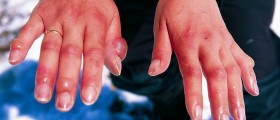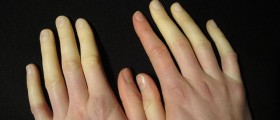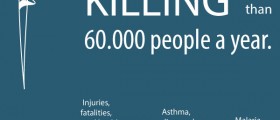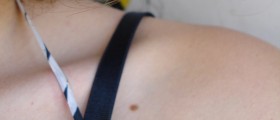
Frostbite is a term used for describing injuries made fromexcessive exposure of one’s body to cold. This range of injury may vary in scaleand severity. Additionally, the seriousness of a frostbite injury depends onmany surrounding factors such as the type of clothing, humidity, water exposure aswell as one’s climatic history. Namely, those more used to colder weather willprove to be more cold-resistant and less prone to frostbite than those who werebound to warmer climate.
The true destructive power that frostbite can have on one’sbody was most clearly seen in many wars our civilization has fought. Numerousarmies, for example, German army in WWII, considered frostbite one of thetoughest enemies when they reached SSSR.
Frostbite has phases which are classified progressively. Thefirst phase is called Pre-freezing. As the name itself suggests, it involvesthe first reaction of one’s body to excessive cold. One’s body temperaturedrops rapidly, and the body itself engages processes which are to raise thetemperature back. This “first aid” action that our body may perform greatlydepends from those climate factors mentioned above; people who are more used to lowtemperature climates are more likely to have their bodies fight frostbite.
The second phase starts to be more serious as it involvesthe formation of ice crystals inside one’s skin, rapidly escalating.
In the final phase of this injury, damage to the skin andthe tissue, even bones, is done, most often involving gangrene or necrosis.This stage is very close to being irreversible since, in most cases, amputationof frostbit body parts is necessary.
As for visible symptoms of this injury, they vary dependingon the stage the frostbite itself is at. The least serious cases expressthemselves through irritation, numbness and redness of the skin. As the injurygets more serious, severe pain, blisters forming black spots of dead skin cellsand, in most radical cases, full formed ice surrounding may be present.
When it comes to treating frostbite, in the past peoplethought that if exposed to more cold, the frostbite will reduce. However, itwas proven to be quite the contrary; warm treatment healed frostbitesignificantly. First of all, clothes or similar obstacles exposed to the coldand wrapped around the injury should be removed and warm, dry compressionapplied. Frequent re-application is necessary and proves to be helpful althoughthere are still quandaries to whether this should be done on the spot or afterreaching medical assistance facilities.





-Causes,-Symptoms-And-Diagnosis_f_280x120.jpg)











Your thoughts on this
Loading...